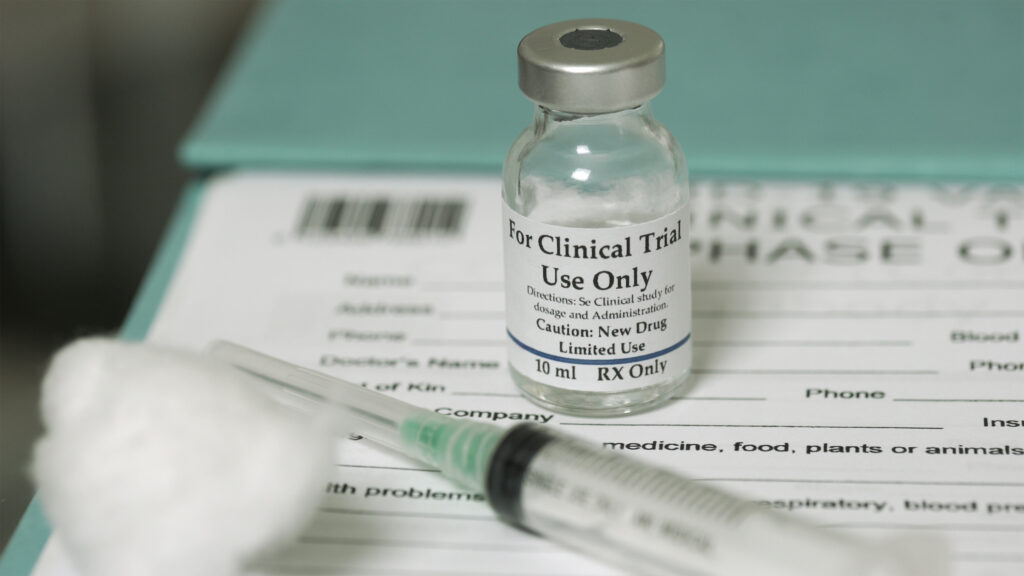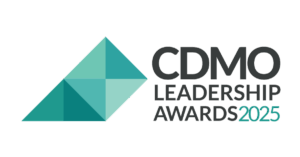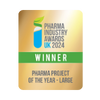What are Clinical Trials?
Clinical trials are one of the most important components of any drug development project, requiring careful planning and extensive funding. Clinical trials are conducted to improve the efficacy and quality of a drug, to determine the dose and dose escalation, and investigate toxicity. With approximately only 9% of new chemical entities garnering a commercial status, planning an effective formulation development and clinical trials strategy is imperative but requires careful balancing of both scientific and commercial considerations, especially in regards to the First in Human study.

What is a First in Human Study?
Phase I, First in Human study utilise a small group of volunteers, usually between 10 to 20 patients and require less than 500 dose units. The goal of FIH studies is to determine safety, tolerability and to investigate how some effects observed in non-human studies translate (e.g. food effects).
How to conduct a meaningful clinical study in the shortest possible timeframe is always a key objective for drug developers. It is also critical to consider on the outset the inherent API properties, the target product profile and the ultimate target patient population.
There are two main strategic approaches to executing a First in Human study for oral solid dosage forms:
- Exploratory Proof of Concept approach, usually takes 2 to 3 months and is the a quick and more cost-effective method. This is the simplest method, often used to meet commercial milestones and generate meaningful data to support on-going investment milestones; especially important to small virtual development organisations.
- Commercial Scientific Robust Route, usually takes 9 to 12 months. This approach will create a more complete understanding of the drug substance and how it behaves. It is likely to involve a number of formulation techniques to improve the drug substance’s inherent properties and will ultimately produce a formulation and process that better represents the final product.
This article will outline the two main approaches, their pros and cons and when you may choose one approach over the other.
Exploratory Proof of Concept FIH Study
The major driving forces for choosing this direct to clinic approach is generally time and budget. As mentioned previously, this is the simplest route for manufacturing your clinical trial supplies for an First in Human study. Typical dosage form outputs are:
- Drug / powder in capsule
- Drug / powder in bottle (for reconstitution)
In this approach the drug substance is filled directly into a hard-shell capsule to a pre-defined weight (dose) with no additional excipients. This method avoids the needs to conduct any formal formulation development activities and may also avoid the need for any upfront stability studies (although most developers will conduct some concurrent testing).
The challenge with this technique comes with the accurate weighing / filling of the drug substance often as low as a few milligrams. It is fairly routine for initial capsules to be manufactured by manual hand-filling but this can be time consuming and is subject to operator fatigue. As the batch size increases, the capsule filling technique is moved to automated equipment such as the Fill2Weight by 3P Innovations and offer greater accuracy, precision, reproducibility and GMP compliance.
Advantages
- Minimal drug required
- Reduced time and budget to generating clinical data
- Fast to fail
- Regulations are simple
- Analytical testing is simple
Disadvantages
- Only effective for drug substances that have good inherent bioavailability
- The number of clinical studies and capsule numbers required can soon increase, resulting in limitations to the practicality of the initial manual filling method
- This is not a robust formulation, you will have to go back and spend the time / money to conduct formulation development work prior to Phase II
Commercial Robust Method
The reality of drug development is that the majority of new chemical entities preparing to enter clinical development are classified as BCS II or BCS IV compounds, meaning they have poor solubility and / or poor permeability; thus, rendering them to be considered difficult to formulate into an effective medicine. For these compounds, the simple drug in capsule approach is not a suitable strategy as they require a formulation to modify / improve their absorption. If the drug in capsule approach was utilised in these instances, poor clinical data will be produced which could prematurity assign it to the failure list without exploring viable ways of making it work.
The approach used in this case (and can be applied to any compound) is more focused on developing a fundamental understanding of the compound and its behaviour. It provides scope for the formulation scientists to consider drug substance physiochemical and physiological properties such as solubility, pKa, LogP / LogD drug metabolism and pharmacokinetics etc. By conducting early physical characterisation and biopharmaceutical studies the need for the application of an enabling technology or for developing a formulation processing strategy can be assessed. If required a range of proof of concept formulations can be screened and evaluated in a simple cost-effective protocol such as UpperSolv™. Formulation strategies that can be employed for solid oral dosage forms include:
- Salt form selection
- Size reduction (micronisation)
- Nanoparticle formation
- Lipid / self-emulsifying systems
- Amorphous solid dispersions
These Proof of Concept prototype formulations can then be comparatively evaluated either in vitro or in a rapid pK study.
A development project leading to a FIH formulation by this route may require a number of distinct tasks including:
1. API characterisation – chemical and biological data.
2. Determine whether an enabling technology step should be applied.
3. Manufacturer Proof of concept formulations and evaluate (UpperSolv™).
4. Analytical development.
5. Formulation / process development.
6. Technical batch manufacture.
7. Stability studies.
8. Clinical manufacture.
Advantages
- Fully investigates challenges such as insufficient bioavailability and identifies a strategy to overcome
- Develops a better understanding of your drug and its interactions with other materials
- Generate stability data and shelf-life data
- Develops a line-of-sight towards the potential commercial product & manufacturing process
- Ensures the best chance of a successful clinical outcome
Disadvantages
- More drug required
- Increased timeline
- Higher costs
- Specific analytical method required
- Significant time and resources applied, may still result in a clinical formulation that fails
- More complex regulatory requirements
On first view this pathway to developing a FIH clinical formulation seems daunting but with good planning and experienced CDMO teams there are viable strategies to be employed to streamline this process and ensure the best outcome; producing a viable FIH dosage form without taking excessive time.
For example, even with a challenging poorly soluble active pharmaceutical ingredient (API), Upperton’s UpperSolv™ program can be used to identify and prepare a number of the most promising enabled formulations, have them tested in an animal pK study within 6 weeks, whilst using less than 10 grams of API. The chosen enabled formulation can then be formulated and manufactured into a clinical dosage form with supporting stability in less than 6 weeks.
Clinical Trial Manufacturing
To Conclude
There is no single approach to FIH oral dosage form studies, the most important factors are that the product is safe, to ensure that the dosage form / formulation is designed to administer and deliver the drug substance in a way that optimises its absorption profile.
Each approach towards FIH studies have their merits and therefore the choice is usually determined on the driving force to clinic and how much funding you have at your disposal.
Fundamentally, if your drug substance has been characterised and is known to have good oral solubility / bioavailability then the direct route to a drug in capsules FIH dosage form is the perfect most cost-effective and time-efficient way to generate first human clinical data; which can then support your future development activities or provide evidence to terminate the program early before committing significant resources and development budgets.
If your drug substance is classed as a BCS II or IV compound, then a more in-depth development program is advised but even this can be streamlined by working with right CDMO partner.
Frequently Asked Questions
What are the primary objectives of a First-in-Human (FIH) study?
FIH studies aim to assess the safety, tolerability, pharmacokinetics, and pharmacodynamics of a new drug in humans for the first time. Typically involving a small group of 10 to 20 participants, these studies help determine appropriate dosing and identify potential side effects.
What are the main approaches to manufacturing clinical supplies for FIH studies?
There are two primary strategies:
Exploratory Proof of Concept Approach: This method is quicker (approximately 2 to 3 months) and more cost-effective. It often involves minimal formulation development, such as filling the active pharmaceutical ingredient (API) directly into capsules without additional excipients.
Commercial Robust Route: Taking about 9 to 12 months, this approach involves comprehensive formulation development to optimize the drug’s properties, aiming to produce a formulation that closely resembles the final commercial product
What challenges might arise with the Exploratory Proof of Concept approach?
Accurately weighing and filling small quantities of the API into capsules can be challenging, especially at doses as low as a few milligrams. Initially, manual hand-filling may be used, but as batch sizes increase, automated equipment like the Fill2Weight system by 3P Innovation is recommended to enhance accuracy and compliance with Good Manufacturing Practice (GMP) standards.
How can partnering with a Contract Development and Manufacturing Organisation (CDMO) benefit FIH studies?
Collaborating with a CDMO offers access to specialised expertise, state-of-the-art facilities, and regulatory support, facilitating efficient and compliant progression from preclinical stages to FIH trials
Get in touch.
If you’re looking to work with a CDMO that can support your product from preclinical development to market and beyond, then we’re here to help.






